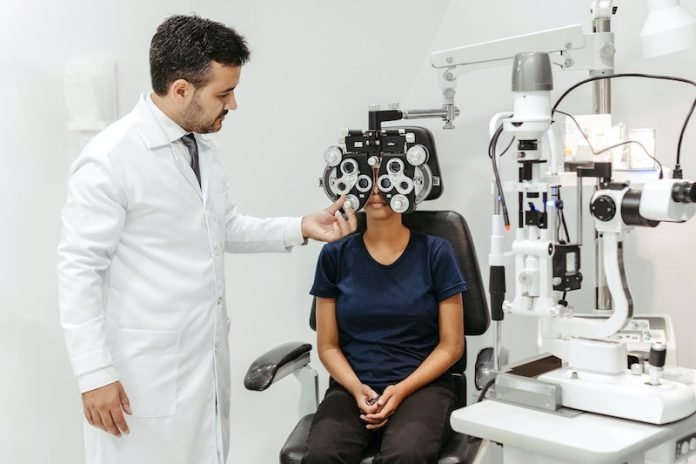
Uncovering Potential for Nerve Regrowth
Researchers from UConn School of Medicine have discovered a population of nerve cells that could potentially be stimulated to regrow, potentially restoring sight and movement.
This could offer hope to millions affected by conditions such as glaucoma or paralysis, which share a common cause: severed axons, the long fibers that connect the nerve to the brain or spinal cord, which do not naturally regrow in humans.
Findings Published in Development
Published in Development, the study from neuroscientist Ephraim Trakhtenberg’s lab found neurons that behaved similarly to embryonic nerve cells, expressing a similar subset of genes.
When experimentally stimulated, these neurons could regrow long-distance axons, potentially healing some vision problems caused by nerve damage.
Promising Therapeutic Targets
Furthermore, the researchers found that the Dynlt1a and Lars2 genes, which are associated with mitochondria, were upregulated in these neurons during experimental axon regeneration.
Activating these genes through gene therapy in injured neurons promoted axon regeneration, identifying these genes as potential therapeutic targets.
Challenges and Potential Solutions
Despite these promising findings, providing the right conditions for axon regrowth is challenging.
When stimulated, these embryonic-like nerve cells’ axons begin to regrow, but often stall before they reach their original targets due to a variety of factors.
A multi-pronged approach that targets both the gene and signaling activity within the nerve cells may encourage them to grow.
Clearing the environment of inhibitory molecules and delaying oligodendrocytes, cells responsible for applying myelin insulation to the axons, could give the axons time to reconnect with their targets.
Future Work and Implications
These new insights into axon growth could pave the way for truly effective therapies for blindness, paralysis, and other disorders caused by nerve damage.
Trakhtenberg’s team is now focusing on understanding the molecular mechanisms behind axon growth and interaction with oligodendrocytes, with the aim of regenerating injured neural circuits and restoring function.
If you care about high blood pressure, please read studies about how your eyes could help diagnose high blood pressure, and marijuana may strongly increase death risk in high blood pressure.
For more information about blood pressure, please see recent studies that early time-restricted eating could help improve blood pressure, and results showing plant-based foods could benefit people with high blood pressure.
The study was published in Development.
Copyright © 2023 Knowridge Science Report. All rights reserved.




